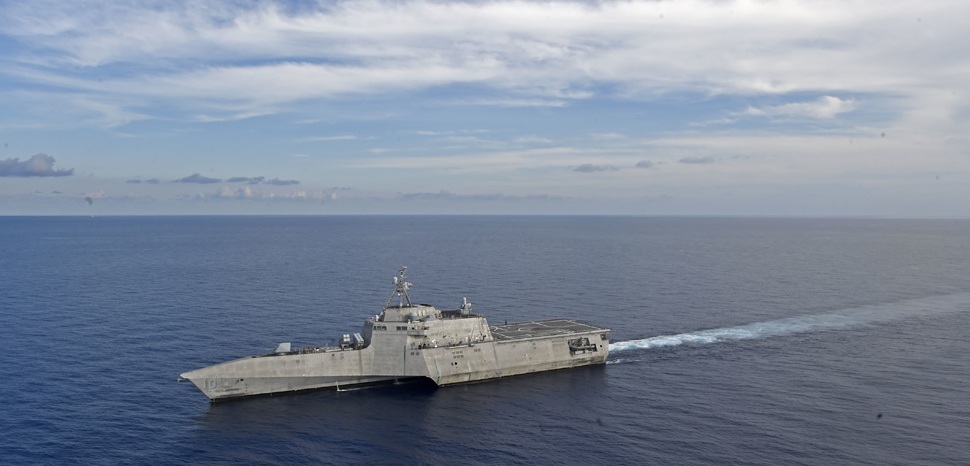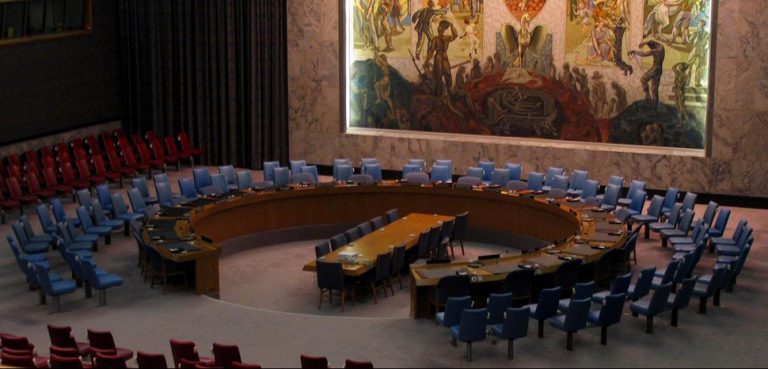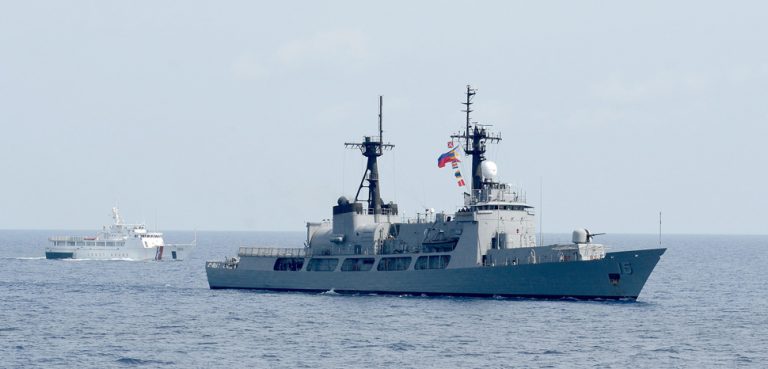In recent weeks there’s been no shortage of articles on America’s latest salvos directed at China’s assertive maritime actions in the South China Sea. The image of the US as a neutral nation, widely accepted by the Association of Southeast Asian Nations (ASEAN) in the disputed waters, has been challenged by Secretary of State Mike Pompeo and the White House in recent pronouncements, and in their rejection of China’s claims as unlawful.
A sharp rebuke by Secretary Pompeo at a news conference that, “The world will not allow Beijing to treat the South China Sea as its maritime empire,” was received like a direct shot over the bow of US warships that recently sailed through the troubled waters.
Pompeo went on to boldly state that America will provide ASEAN with all available assistance, through multilateral bodies or through legal responses, and to stand with its Southeast Asian allies and partners in protecting their sovereign rights to offshore resources and obligations under international law.
In the midst of the raging COVID-19 pandemic, the South China Sea has become a geopolitical bellwether for renewed American leadership in the region. With US-China relations now in a full freefall, lines are being drawn by Washington over natural resource extraction, freedom of navigation, respect for international law, fishing vessel harassment, and sovereignty disputes.
The Trump administration’s China stance and outright rejection of Beijing’s claims has succeeded in generating a volley of undiplomatic retaliation and ratcheted up tensions with Beijing. Some policy experts regard these as mere political grenades rather than statecraft strategy, since it’s proving to be a challenging election year for the wounded incumbent, aggravated by the president’s plunging approval ratings.
Nevertheless, a recently-signed memorandum of understanding (MOU) with Vietnam, pledging support for its fishers against “illegal intimidation” from Chinese vessels, does seek to bolster Vietnam’s fisheries management, law enforcement capabilities, and surveillance systems by providing technical assistance and sharing information. It also underscores closer cooperation between Washington, Hanoi, and international law enforcement agencies to address illegal fishing and intimidation.
“I see this as part of the now well-established US campaign to help boost maritime domain awareness (MDA) and capacity for Vietnam’s domestic fishing industry. I haven’t heard anyone in Hanoi suggest that they expect or want the US Navy out there directly protecting Vietnamese fishers,” claims Gregory Poling, a senior fellow and director of the Asia Maritime Transparency Initiative at the Center for Strategic International Studies in Washington, DC.
Poling also believes that through the Maritime Security Initiative and other capacity-building efforts, the US has been aiding Vietnam’s remote sensing, patrol, and interdiction capacity, and that it’s going to continue.
In a further display of Washington’s stepped-up engagement with the region, the US flexed its defense muscle by conducting exercises in early July with two aircraft carrier groups, the USS Nimitz and the USS Ronald Reagan, along with accompanying vessels and aircraft in the strategic waterway to prominently display the American flag. The unsubtle message sent to Beijing is simple. The US intends to maintain a Free and Open Indo-Pacific (FOIP) strategy and that it won’t hesitate to single out China for pursuing regional hegemony.
One of the main reasons for the roiling waters of the South China Sea becoming a flashpoint is increased competition for marine resources and fishing rights. Of course, there are a myriad of factors that contribute to the tragedy of the commons, including economic impact, unsustainable practices, increased number of fishing vessels, fisheries collapse, as well as illegal, unregulated fishing.
The stakes increase every day as all coastal areas are over-exploited, resulting in more fishers from Vietnam, Malaysia, Indonesia and the Philippines traveling further and further into contested waters in search of fish. Asia’s fleets are growing faster than those of the rest of the world and now comprises almost three-quarters of the world’s fishing vessels.
It’s difficult to imagine that this body of water was once a calm sea and a fertile fishing ground for fleets from China and the littoral states. The tranquility has been disturbed by contested sovereignty claims in the Spratly Islands and the imposition of China’s nine-dash line. This diminished dotted line is, or was, Beijing’s claim that encircles 90 percent of the contested waters since it stretches as far as 2,000 kilometers from mainland China to within a few hundred of the Philippines, Malaysia and Vietnam.
Washington asserts that the PRC has no legal grounds to unilaterally impose its will on the region or lawfully assert a maritime claim which includes any Exclusive Economic Zone (EEZ) derived from Scarborough Reef and the Spratly Islands vis-à-vis the Philippines in areas that the Tribunal found to be in the Philippines’ continental shelf. It was four years ago that, in a unanimous decision, the Arbitral Tribunal stated there “was no legal basis for China to claim historic rights” over the nine-dash line.
According to Bonnie Glaser, a senior adviser for Asia and director of the China Power Project at the Center for Strategic and International Studies, along with Zach Cooper, a research fellow at the American Enterprise Institute, the administration left Washington’s neutrality on sovereignty over rocks, reefs, and islets in place. However, they claim, in the recent War on the Rocks article, that the US “is explicitly declaring that China’s harassment of other states’ fishing and hydrocarbon development is illegal and that this move is long overdue.”
The geopolitical changes brought about by Chinese exertion of control of the sea and disregard for international law and assertiveness against fishers are driving Washington to boost relationships among leaders in the Philippines, Vietnam, Malaysia, Brunei and Indonesia and to hedge against Beijing’s foreign and security policy behavior.
Let’s see how Washington holds China to account or if it only manages to serve up opportunistic election year bluster.
The views expressed in this article are those of the authors alone and do not necessarily reflect those of Geopoliticalmonitor.com or any institutions with which the authors are associated.




